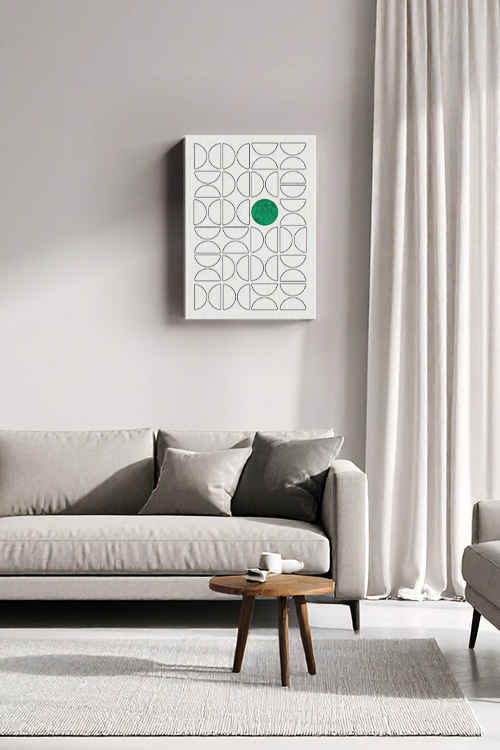Space Planning Basics You Must Know

When it comes to interior design, space planning is where everything begins. It’s not just about where your sofa or bed goes—it’s about making sure every square foot in your home works for your lifestyle. Whether you’re decorating a studio apartment or a full-sized home, mastering space planning helps you create rooms that are both stylish and functional. Here are some space planning basics you should know.
Understand the Purpose of Each Space
Before placing a single piece of furniture, think about how you’ll use the space. Is your living room meant for entertaining guests, relaxing, or watching movies? Will your dining area double as a workspace? Identifying a room’s main purpose helps guide all your layout decisions and ensures you don’t overcrowd or underutilize the area.
Measure Everything—Twice
A successful layout starts with accurate measurements. Measure your room’s length, width, and height, then note the location of windows, doors, outlets, and built-in features. Having these details helps you visualize proportions and prevents the frustration of realizing your dream sofa doesn’t fit through the doorway.
Create Clear Traffic Flow
Good space planning ensures that movement through the room feels natural. Leave at least 2 to 3 feet of walking space around major furniture pieces. Avoid placing furniture where it blocks pathways, and make sure entryways and exits are unobstructed. The easier it is to move around, the more comfortable your home will feel.
Balance Function and Aesthetics
A well-planned room looks beautiful but also works hard. For example, your living room should have enough seating for guests, but it shouldn’t feel cramped. Try arranging furniture in zones—like a reading corner, conversation area, or media spot—to maximize function while maintaining visual appeal.
Don’t Forget Scale and Proportion
Proportion is key to a harmonious layout. Oversized furniture can make a small space feel tight, while tiny pieces can get lost in a large room. Mix sizes strategically—pair a large sofa with slim side tables, or balance a tall cabinet with lower accent pieces to create visual interest.
Plan for Flexibility
Lastly, think ahead. Life changes, and your space should adapt easily. Choose modular furniture, movable pieces, or multi-functional designs (like a sofa bed or nesting tables) to make rearranging simple.
In a Nutshell
In short, great design starts with smart space planning. When done right, it enhances comfort, efficiency, and flow—turning any house into a home that truly works for you.




